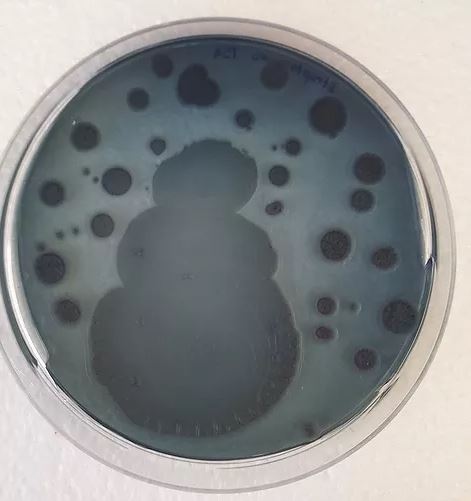By Leonie Schittenhelm
This week is British Science Week 2017, a yearly occurrence that promises a week full of talks, hands-on experiments and film-showings for the British public of all ages. With international women’s day still fresh in our minds, what better way to start British Science Week than to have a look at some of the exciting things female scientists did and do get up to all over the world? Most people will be familiar with the likes of Marie Curie, Nobel Prize winner in both Physics and Chemistry, and Rosalind Franklin, who essentially laid the foundation for the discovery of the structure of DNA . If you are not familiar, I recommend picking up the newest issue of our print magazine and checking out Abbie Kelly’s take on ‘Women in Science’ to discover some exciting new facts about these pivotal women. How about a few of the others?
Kamala Sohonie for example. As the first Indian woman to earn a PhD in science in the UK, she discovered the enzyme cytochrome c, a protein that is fundamental in how we understand photosynthesis and energy generation within cells in general. Vera Danchakoff, the first woman to attain a professorship in Russia, essentially predicted the presence of stem cells as early as 1916, when she suggested that all blood cells, as different as they may seem, originate from a single precursor. And what about present day scientists, such as Rajaâ Cherkaoui El Moursli, the Morrocan nuclear physicist who worked on the discovery of the Higgs Boson, or Kathleen I. Pritchard, whose work on breast cancer has made her one of the most-cited scientists in the world two years in a row.
Let us know your favourite female scientists in the comments and check out the events organised for British Science Week in Newcastle over the next week – maybe you’ll meet some inspiring scientists there for yourself?
To have a look at events put on for British Science Week 2017: https://www.britishscienceweek.org/events/






 https://pixabay.com/en/lego-doll-the-per-amphitheatre-1044891/
https://pixabay.com/en/lego-doll-the-per-amphitheatre-1044891/



